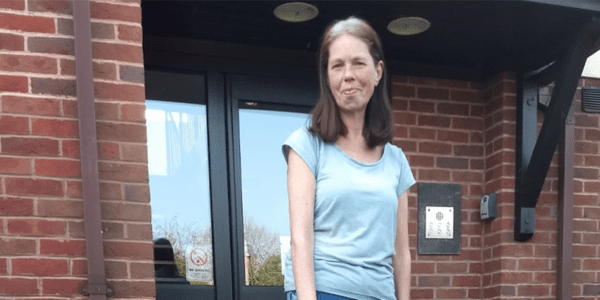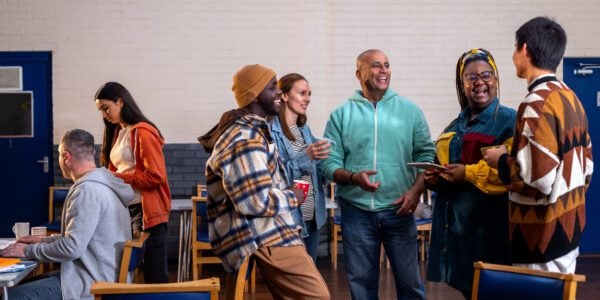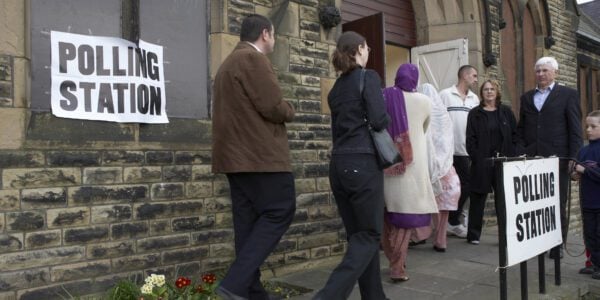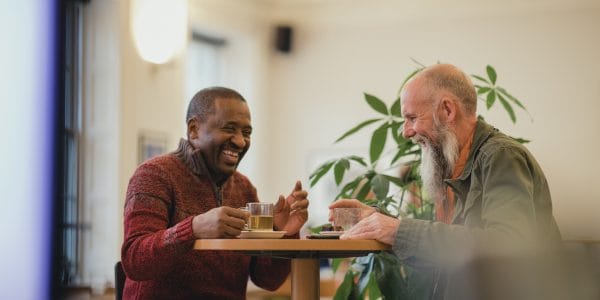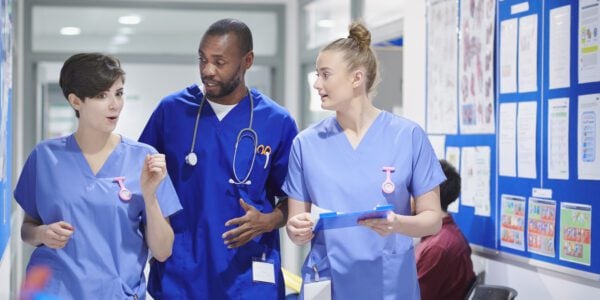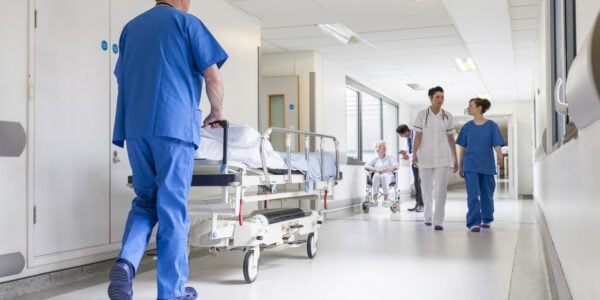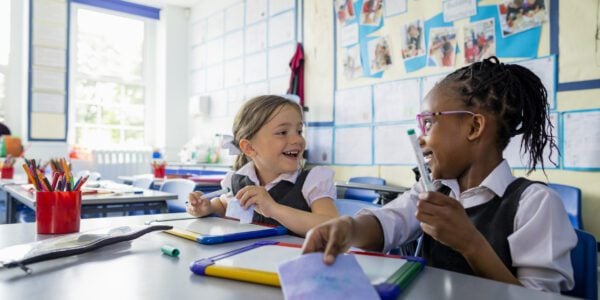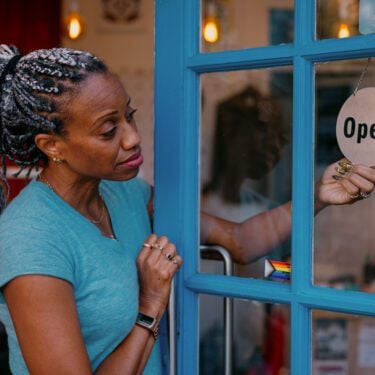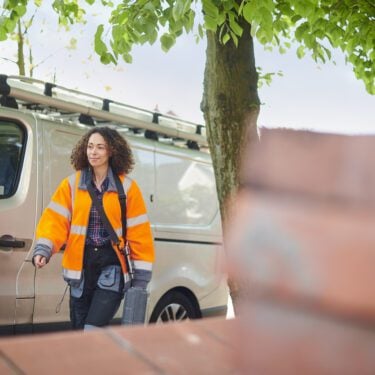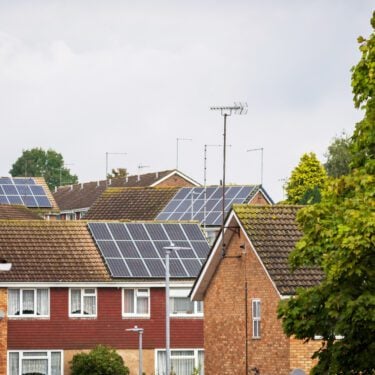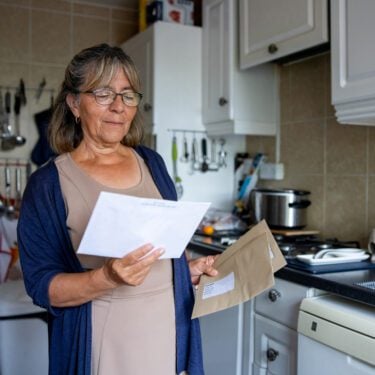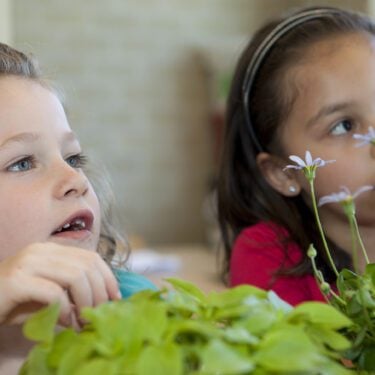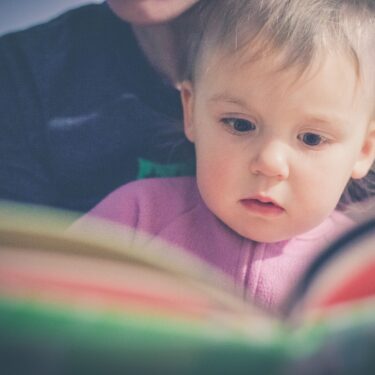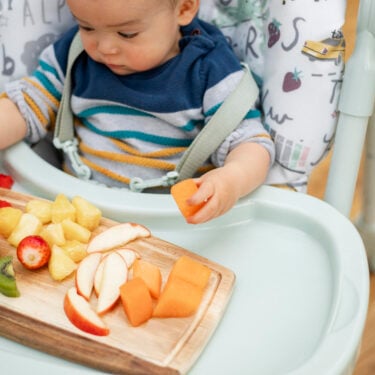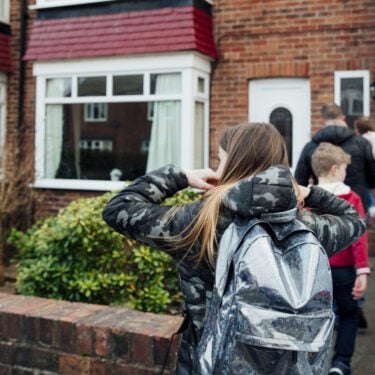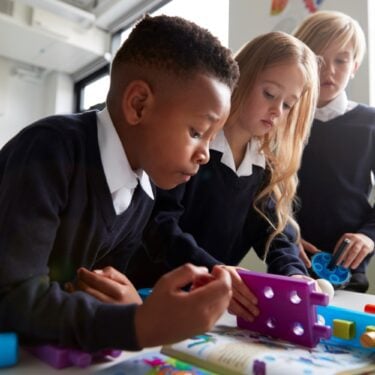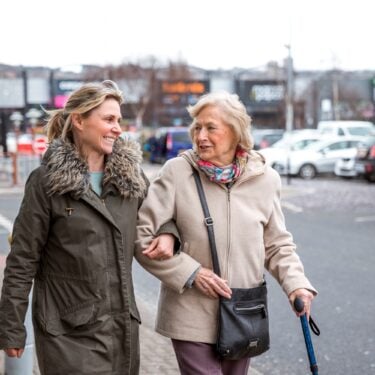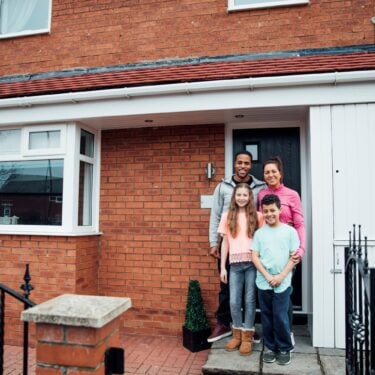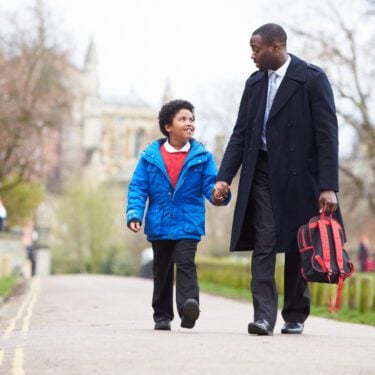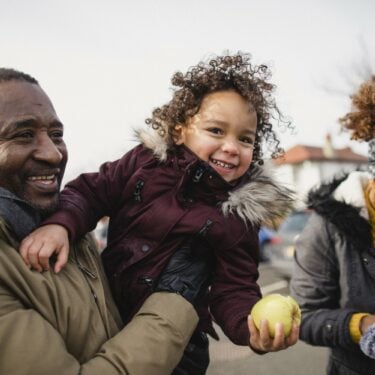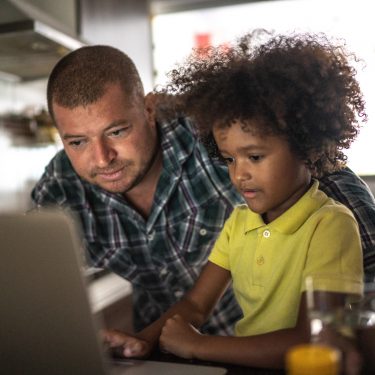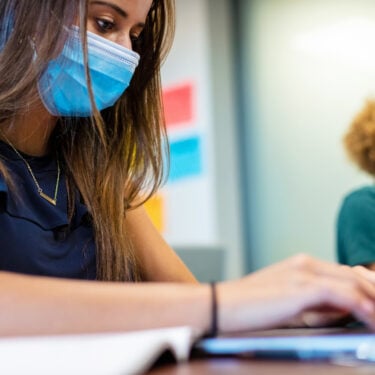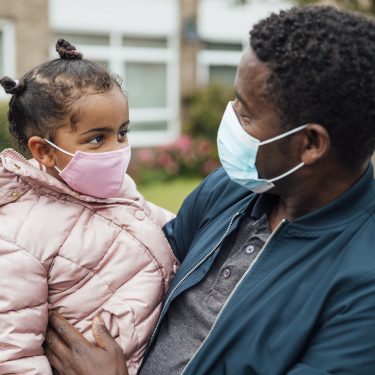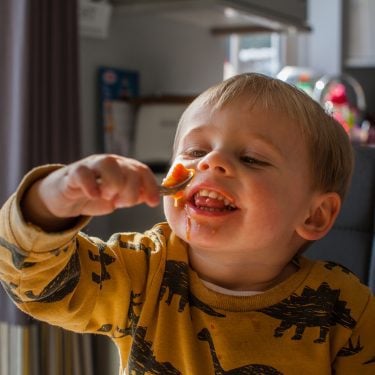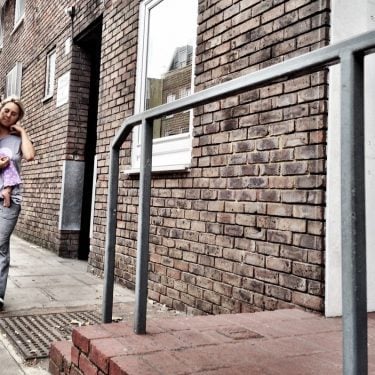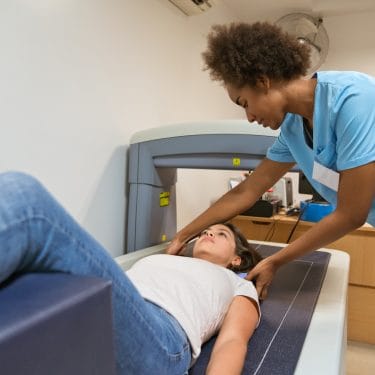
09/05/22
4 min read
New data released today by The Food Foundation shows a rapid 57% jump in the proportion of households cutting back on food or missing meals altogether in just three months.
In April, 7.3 million adults live in households that said they had gone without food or could not physically get it in the past month, which include 2.6 million children. This is compared with 4.7 million adults in January.
The data comes from an online YouGov survey of 10,674 adults in the UK between 22 and 29 April 2022, collected as part of the Food Foundation’s Food Insecurity Tracking. It has been analysed independently by The Food Foundation and the London School of Hygiene and Tropical Medicine, for which the Nuffield Foundation has contributed some of the funding.
The Food Foundation is calling on Government to take urgent action to prevent further escalation of this crisis including increasing benefit levels in line with inflation and expanding access to Free School Meals and the Healthy Start programme. It highlights that food banks are reporting users are increasingly requesting products that do not need cooking as the cost of living crisis bites deeper and families cannot afford energy bills.
Further increases in food insecurity are predicted over the coming months as the increases in National Insurance and the Energy Bill cap continue to have an impact.
Food insecurity
The new data released by the Food Foundation shows that in the past month:
- 12.8% of households (6.8 million adults) have had smaller meals than usual or skipped meals because they couldn’t afford or get access to food
- 8.8% of households (4.6 million adults) have not eaten despite being hungry because they couldn’t afford or get access to food
- 4.6% of households (2.4 million adults) have not eaten for a whole day because they couldn’t afford or get access to food
- In total, 13.8% of households (7.3 million adults) had one or more of these experiences in the past month.
Children’s food insecurity
There is also a sharp increase in the proportion of households with children experiencing food insecurity in the past month at 17.2% up from 12.1% in January 2022. This represents a total of 2.6 million children aged under 18 who live in households that do not have access to a healthy and affordable diet, putting them at high risk of suffering from diet-related diseases.
Why are we seeing this?
Being able to afford food is affected by other financial demands on households, and food is often the first expenditure to be cut when disposable income is tight. Families have been facing increasing pressure on their disposable income in recent months because of the rise in energy bills, petrol prices and background inflation, as well as the cost of food. Benefit levels were uprated by 3.1% in April, a rise far below the March inflation level of 7%.
The Food Foundation also points to soaring food prices (up 5.9% in the past 12 months) that are making it increasingly difficult for families to afford the food they need. There is also concern that prices of ‘budget’ ranges of staple foods may have increased at a faster rate, so the impact on low-income families may be worse.
The increasing cost of living and rising food prices are likely to mean that people become more reliant on lower cost foods which tend to be calorie-dense and nutrient-poor, further increasing obesity and other diet-related diseases. The Food Foundation say reducing food insecurity as essential if the Government is to achieve its Levelling Up mission to improve healthy life expectancy and reduce health disparities.
Call for action
The Food Foundation is calling on Government to make tackling food insecurity an urgent priority for action by:
- Increasing benefits in line with inflation and ensuring employers pay at least the real living wage to ensure struggling families can pay essential bills.
- Setting out long-term action to build the resilience of our communities and our food system to shocks, within a Good Food Bill in the forthcoming National Food Strategy White Paper.
- Rebalancing food prices so healthy food is the most affordable.
- Expanding Free School Meals, breakfast provision and Healthy Start to protect children from obesity and so all children in poverty benefit.
Anna Taylor, Executive Director of the Food Foundation said: “The extremely rapid rise in food insecurity since January points to a catastrophic situation for families. Food insecurity puts families under extreme mental stress and forces people to survive on the cheapest calories which lead to health problems. The situation is rapidly turning from an economic crisis to a health crisis. Food banks cannot possibly be expected to solve this. The government needs to realise the boat is sinking for many families and it needs to be fixed. Bailing out with emergency food parcels is not going to work.”
Prof Sir Michael Marmot, University College London said “Food is basic, but so is security. Both are vital to good health. If 1 household in 7 is food insecure, society is failing in a fundamental way. These figures on food insecurity are all the more chilling because the problem is soluble, but far from being solved it is getting worse.”
Dominic Watters, a single father from Canterbury said: “The last few months have been really tough. I’ve had days where only my daughters ate, and I’ve had her leftovers, if anything at all”
What is food insecurity?
The Food Foundation defines food insecurity as experiencing one or more of the following:
- Having smaller meals than usual or skipping meals because of being unable to afford or get access to food
- Being hungry but not eating because of being unable to afford or get access to food
- Not eating for a whole day because of being unable to afford or get access to food



